How ANYONE Can Make Money From Photography From Home
How ANYONE Can Make Money From Photography From Home
Well not entirely from home, you’re probably going to have to go out and actually take the photos but I suppose there will be those among you with super cute kids/pets or extensive gardens that will be lucky enough to take photos from home as well. Either way the idea here is generating an income from those photos from the comfort of your own home rather than trying to sell your services as a photographer.
During my time as a full time professional over the past 8 years I’ve come to realise that photographers are, by and large, introverts. There’s usually a reason someone choses to be behind the camera capturing the world around them instead of more actively engaging with it. I certainly fit into this camp, I love people watching and capturing the world around me, but generally I’d prefer not to interact too much!
For people like me the idea of generating an income from the comfort of my own home is like the holy grail. The thought of going out to an office every day scares the bejeezus out of me and freedom is something I crave more than anything else in life. I’m still a full time wedding photographer, which for my wife and I means 25 weddings a year. Other than those 25 days (Maybe a little more if you count a few where we’re travelling a little further afield) we have pretty much complete freedom to structure our day to day life however we see fit.
Not the usual Click-bait
You must have seen those adverts online - ‘I EARNED $$$$ FROM HOME’ type articles. In fairness I’ve never actually clicked on one, I imagine aside from the slew of adverts, trojans and viruses I’d open myself up to there may be some useful information in there….maybe that’s giving them a little much credit.
Anyway I need to make this clear, this ISN’T a ‘get rich quick’ scheme. This is a series of ways in which you really can make money from your photography from home. There is work involved, obviously, and the talent you have for taking photos will have a large impact on your potential revenue. I’ll address ‘talent’ for each method, some are totally do-able without doing anything particularly ground-breaking or original. I guess the general pre-requisite for talent is merely being able to take a well exposed (or at least edit it to look that way), in focus image.

Stock Photography
With it’s roots dating right back to the 1920’s stock photography isn’t an invention of the 21st century. In fact it’s been the ‘bread and butter’ of professional photographers around the world for decades. The internet, digital photography and social media might have drastically changed the landscape when it comes to stock photography but it’s still alive and well and, for many, a fantastic, reliable source of income. It’s also, without a doubt, the best way to make money from your photography from home.
With stock photography you’re essentially licensing your images to companies (and sometimes individuals) for promotional purposes. Generally with stock photography sales you won’t know exactly where your image is going, instead you’ll have a spec sheet detailing how your image is being used.

Country: Worldwide
Usage: Magazine, editorial print and digital use, repeat use within a single issue
Industry sector: Media, design & publishing
Start: 26 March 2013
End: 26 March 2015
I never saw the image in print, but it’s nice to know that it got published worldwide!
In terms of talent stock photography doesn’t require a particularly high level. There are some requirements, but most stock agencies don’t really judge images based on artistic merit. They judge based on exposure - do you have any blown out (overexposed) or underexposed parts of the image? Is it in focus? Often the image will need to be a certain size however nowadays the rules have been slackened a lot in the wake of high megapixel cameras becoming so prevalent.
The first thing to realise with stock is that it’s not REALLY about talent.
Seriously.

This one was another of my earliest sales, just from a trip to the butterfly house!
Stock Photography is a numbers game. It’s about having a library of images so as to increase your chances of being seen and in turn bought. The general rule of thumb is that for every 1000 images in your collection, you should return around £100 per year. It’s not a huge amount, but if you can submit images regularly and build up a good collection you’ll start to see a steady, reliable income in no time. It’s also worth noting that while talent isn’t a pre-requisite, the better your images are, the more conversions you’ll make. My conversion rate is somewhere around £100 per 300 images per year, so considerably better than the average and I’m sure some people have far better stats than mine!
The best part is that images can often be sold multiple times depending on what license your buyer purchases. I also like to think of it as the stock lottery, as there’s always a chance that one of your images will be selected for exclusive use by a client. This always means a higher price, sometimes that’s the equivalent of a nice new lens and for a lucky few it’s the equivalent of a nice new house!

If you’re heading out of the door with a fairly new (let’s say post 2011) DSLR or interchangeable lens camera the chances are your images will be accepted by pretty much any stock agency if they are up to standard. There’s plenty out there and there’s no need to stick to just one, if you’re really interested in making a steady income from stock photography then it certainly makes sense to sign up to more than one agency. Just make sure you read the rules and check which agencies require image exclusivity!
Generally the bigger stock agencies are split between Micro Stock and Stock. There are LOADS of agencies out there and plenty of articles on the best ones around so I’d recommend a quick google to find out which works for you. I chose to use Alamy for most images and Shutterstock for micro stock.
The big difference between the two is the typical payout per image. Shutterstock starts at 0.25$ per image, but all sales are royalty free so many images sell for dozens of times per day. Successful images with good conversion rates (the ratio of views to sales) will rise to the top of the search results in a similar way to Google and so get seen, and bought, more often. The same is true for Alamy however typical sales are much higher, around 40-50$ per image and much higher if the usage is greater. Many of those sales will be exclusive rights with specific timelines, so while the image remains yours, it may not be sold again for a certain time frame.
I find that the better and more unique your images, the more of a reason you have to try and demand a higher price for them by using Alamy or a similar agency. That said I know plenty of incredible photographers that prefer the way sites like Shutterstock offer such an ongoing income from images.
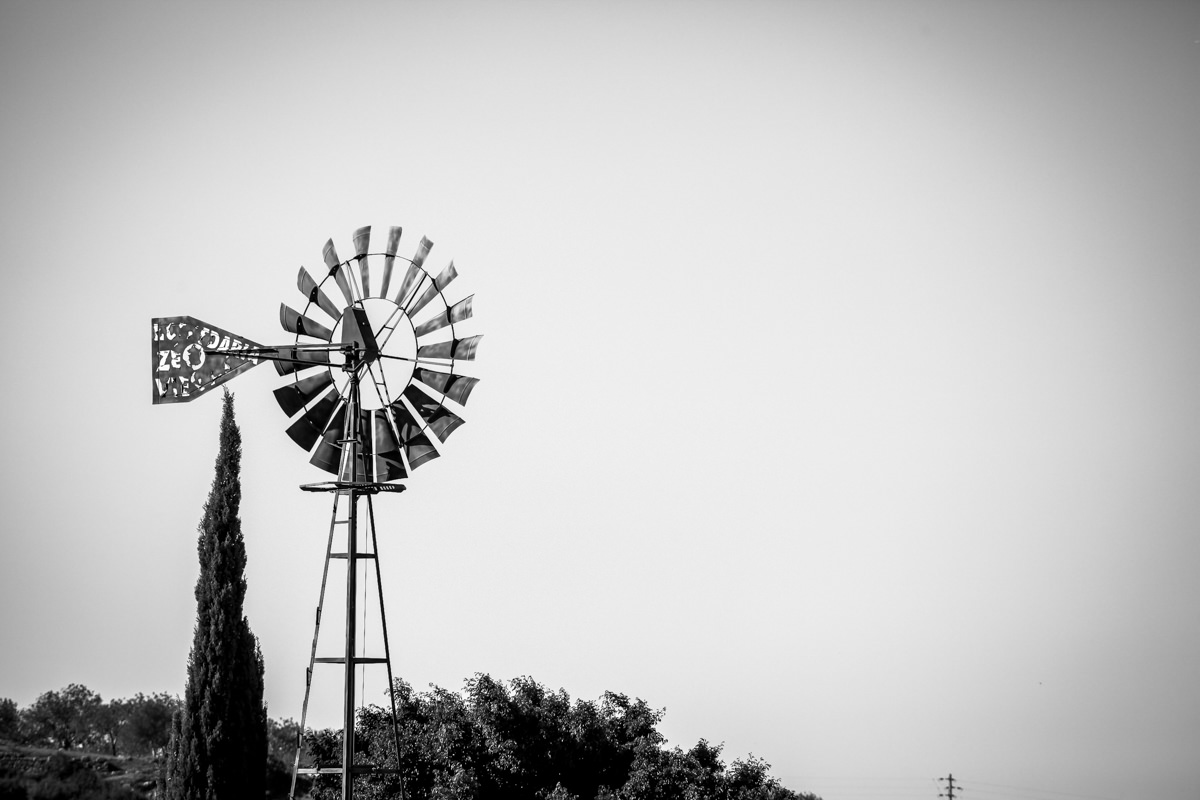
Yep, that’s right, beginners can earn money from stock photography too! You don’t even need a dedicated camera. If you’ve got a smartphone with a half decent camera, you’re good to go!
There are now several apps available for phone users allowing you to take and upload images all from your smartphone. My favourite is ‘Stockimo’, a branch of Alamy that specialises in just iPhone photos (sorry Android users!) where you can upload your images directly without ever using photoshop, a PC or a ‘real’ camera!
With stock photography you’ll need to spend time keywording every image. Start with the obvious, so, for the image above we’d go something like ‘Landscape, lake, mountains, snow, sunrise, water, winter’ etc as well as a title. When it comes to titles we’re not looking for anything pretentious, we’re talking about a very simple ‘say what you see’ approach! – ‘Wast Water Lake (Cumbria) in November at Sunrise’ would be perfect. We’re trying to get in location, what the scene is and when it was taken.
When you’re describing and keywording your images you’re looking to put yourself into the mind of a buyer, most of the time they want something quite specific, and they want to see exactly what they search for, so be as obvious as possible. That said you get to put in a LOT of keywords, so I always try to throw in some more obscure ones (for the image above I’d maybe try ‘serene, peaceful, art, wallart and similar) for those buyers who aren’t as specific in their needs.

Some of you will have a particular niche that you already love, and that’s fantastic, perfect for stock photography. You’ll be able to build a vast portfolio that covers every aspect of your passion, ensuring that anyone looking for your niche will inevitably find you. This eventually turns you into a ‘go to’ author for certain types of work, the more sales you make, the more visible your images become. There’s a lot of competition out there so it does take time!
Don’t worry if you don’t have a niche, my own stock photography portfolio is extremely varied, I upload photos of anything and everything I take photos of and this is actually what I’d advise for the vast majority of photographers. It means that you can head out of the door on any given day and come back with photos to upload. They might be epic landscapes or they might be boring photos of sign posts and macro details. It doesn’t matter to me, if there’s an identifiable object, someone will eventually want to buy it!
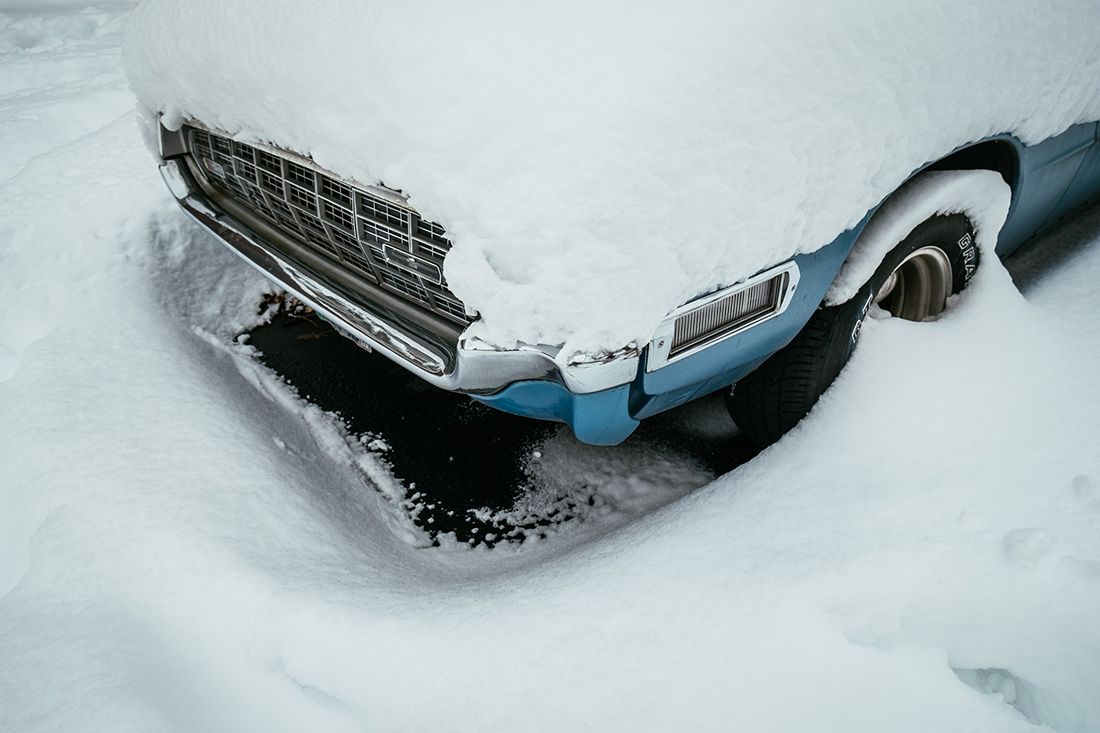
One last thing to remember about stock photography is that it’s the ‘long game’. It takes time to build a huge portfolio, even if you have the images already just uploading and keywording them takes some serious time. But once it’s done that’s it! You can leave those images there for years, like money in the bank or in a pension pot, returning income steadily over time. Every year that your portfolio grows so too does your ongoing income.
The good thing is that if you’re on Steemit you already know something about time investment!
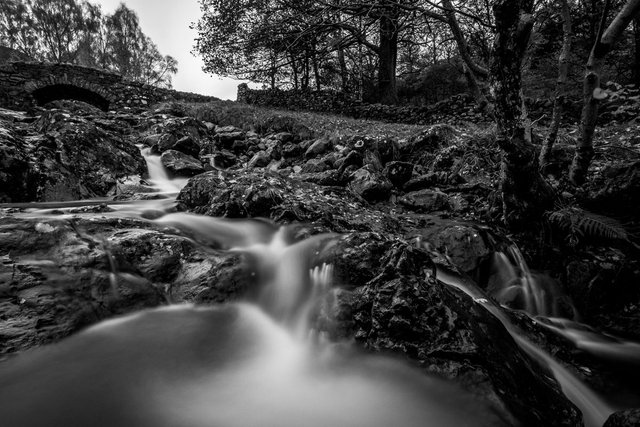
Sell Prints
If you’ve been taking photos a while the chances are you have a few favourites? These might be the ones that got the most likes on Instagram or Steepshot, or they might just be the ones that move you. But why not try to sell those prints?
The process of selling images is probably easier now than it’s ever been before. You don’t need your own website or customised online merchant. All you need is to sign up to something like Etsy where you can sell your images online direct to consumers. While Etsy take a small percentage of your sale price their fees are much lower than something like ‘Not On The High Street’ and there’s no sign up fee.
Start with your most eye catching images, give them one last spruce up in Photoshop or Lightroom to really make them shine and then get them uploaded. I’d advise starting by selling unframes prints to keep the whole process simple, but you may prefer to aim for that little extra profit by also offering frames. Either way there’s no need to spend money getting the images printed and framed before you make a sale, instead it’s simple enough to create a digital mock up of your ‘framed’ print.
Once you’ve made a photoshop file of the frame surrounding you’ll be able to swap in new images for each listing, streamlining the whole process. Like stock you’ll need to do some keywording and description writing, but it’s generally less intensive and often a better return on time investment than stock.
That said there’s obviously a little more work involved with selling prints. First of all you’ll need to find yourself a good printer. I’d advise getting some test shots printed to ensure whichever printer you use print images that are faithful to your monitor calibration. Even if you are using an uncalibrated monitor it’s worth working with your printer to get the colours exactly how you want them. After all, you’re sending this out into the world with your name on it! It’s always worth paying a little extra for a good quality print, the margins are usually pretty high anyway so don’t skimp on the important part of it all!
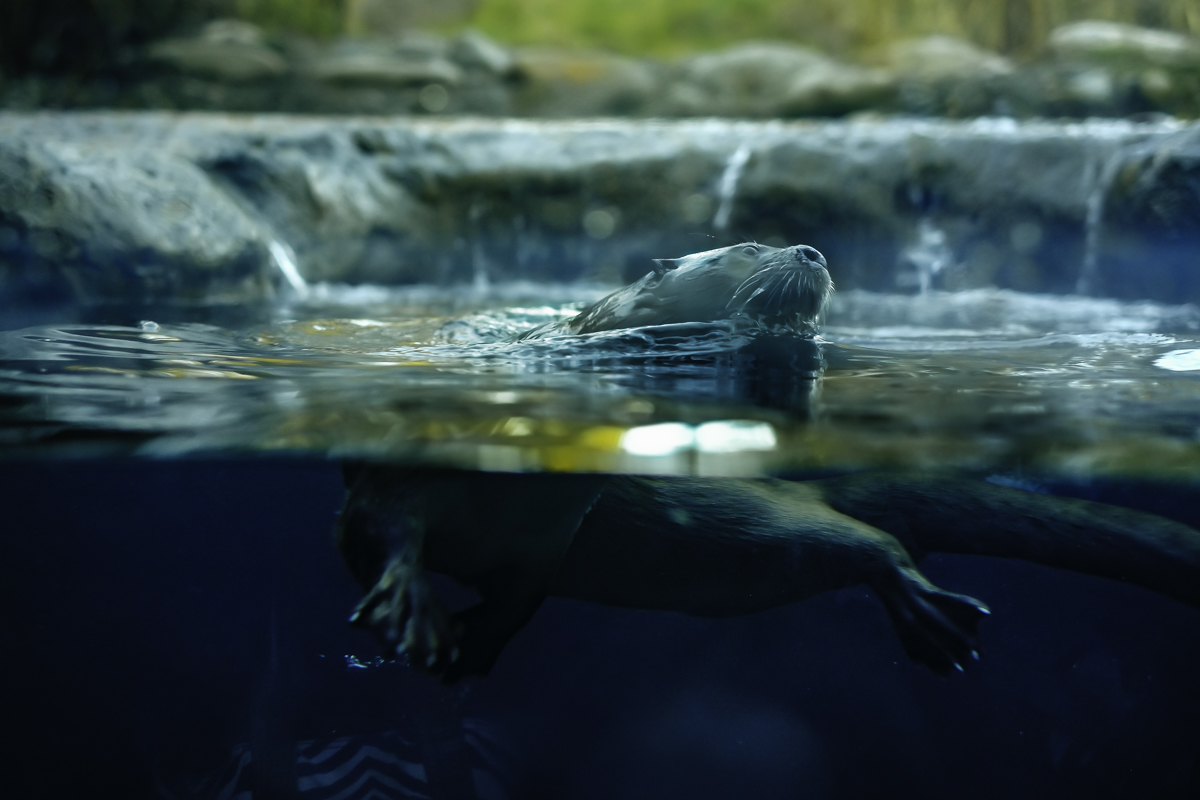
When it comes to selling images talent will always play an important role. That said it doesn’t mean that the ‘best’ images will always sell the best. Generally the people that sell well when it comes to prints are photographers with a very defined visual style. This is where it’s not a good idea to spread your net far and wide in the same way I recommended for Stock Photography.
Find your niche, whether that’s subject or editing style, and stick to it. The aim here is to create a ‘brand’ and a reputation around that brand. Think Marmite. It’s all well and good having images that everyone thinks are ‘nice’, but to really SELL prints you want images that some people despise and others ADORE! Finally, there’s no reason you can’t combine your photography with digital art, letting the editing fill the gaps that are in an otherwise ‘dull’ image!

Selling ‘Merch’
Years ago I worked as a part time swimming instructor while I was at uni. While I worked at the pool I got to know a lifeguard who had a string of little ‘side businesses’, one of the most successful of those was his ‘beards and tats’ T shirts. Essentially he started an Instagram account reposting photos of bearded dudes with tattoos, no original work whatsoever. The Instagram built a following, he made a simple logo and sold T shirts with slogans on. It always amazed me how easy it was for him to sell batches of t shirts and how little outlay was required.
You might use Instagram or you might stick with Etsy like above, but either way it’s all about working that niche. Finding what you love and making it as authentic as you can, keep going with the marmite approach!
Facebook ads are another great tool to utilise for something like this. You could link to an Etsy page or even an Instagram account. It doesn’t have to be T shirts either. It’s so easy to have pretty much anything customised nowadays. Your photography might suit t shirts, or it might suit bags or cushions. Heck, you can probably even mock up a few products without buying anything in at all!
As always I’d recommend the lowest initial investment possible, so look for printers that will print just one product at a time, or at least small runs. That way you can use funds from actual orders to pay for products, instead of having to spend out on inventory before you make a sale.
If you’re lucky enough to already have a big following then it may well be worth getting your products printed in batches. This can save a great deal in printing costs and can also help drive a bit of a ‘limited edition’ feel to your products. It’s amazing how much people love numbered products and these little ways of increasing the perceived ‘value’ of your products go a long way to helping your monthly return!

One last note on ‘Merch’ – there are a lot of new websites starting that essentially do this for you. Selling your images on an array of merch that you can customise and put in your ‘store’ on the site. Some of these are great (although I haven’t used them myself I understand there are some really good sites out there for exactly this) but be careful and read the terms and conditions extremely carefully. In many of these sites Terms and Conditions, scuppered away right where they don’t expect you to read, is a notice that the site will control the copyright of your images. If you see something like this RUN!
Don’t forget the rights to your images are the most valuable thing you own, if a Stock agency will pay you good money for those rights then that’s awesome, but don’t go giving it away for free!

You’re Already Doing It!
You’re using the STEEM platform!
Honestly, I’m still learning when it comes to Steemit, and I certainly don’t feel qualified to tell you what to do and what not to do to make money here! However I do know that patience and persistence wins out. Get involved with the people commenting on your work, get to know the PEOPLE not just their upvote value.
Oh, and maybe it’s just me, but don’t bother paying for votes. I know it’s frustrating seeing ‘trending’ posts that have been upvoted by a whale yet contain no meaningful content but the solution isn’t ‘if you can’t beat them join them’. Good, carefully written or just visually impressive content will always shine through eventually!

As Always – Go Out and Shoot!
Whether you’re shooting for Stock, Prints or Merch the best piece of advice I could possibly give you would be to get out there and shoot. Stock Photography in particular has the ability to transform totally mundane shots into something of value. Just look at how many people sell images of clouds, or green grass. Hell, pick out every object in your house and garden and individually photograph them in situ. I GUARANTEE someone will be searching for one of those, especially as time goes on!
The idea of earning all of your income from your photography may seem like a long way off now, but the truth is it doesn’t matter what camera you’re shooting with, or how experienced you are, you CAN make a living by selling your images from home. It requires dedication, you’ll need to make your own schedule and a huge part of that will be going out each week for new shots. That sounds simple but it actually gets tricky as time goes on and you feel that you’ve used up the locations around you.
Explore as many aspects of photography as you can to really maximise your collection, shoot at all times of day and in all seasons. I have dozens of very different shots that are essentially the same subject just taken at different times of day and in different seasons. In the world of stock this variety really helps ensure you get the sale. If a client clicks on an image that isn’t quite right, they will probably see that you have other images at a more suitable time of year!
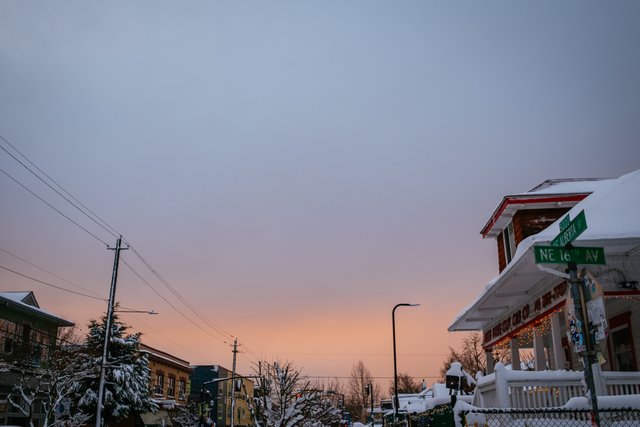
Please RESTEEM if you like my work.
Please Upvote my work to help support my content on Steemit
Oh. My. God. You really are the most amazing blogger!
I would have to completely 2nd the points made about Stock Images... not because I've sold stock photos but because as a blogger myself, I've often checked stock photo sites for the perfect photo for my blog... only to be unable to find what I'm looking for... or I find something close but just want a more modern look or whatever. There is so many images in these stock sites, but they still need so so so many more!
If you want to make money from stock photography, you can enter the butterfly on the orange to one site, then a similar image but from a different angle to another site, etc etc. Each site still gets an exclusive image, but you're making a lot more from one shoot.
It's great that you and your partner can both avoid the 9-5, there was definitely tension in relationships where one person has an office job and the other disappears from 4am for the entire weekend.
Very glad Steem can help you both as well..... living the dream dudes! So glad you're both here!
Cheers man, I really appreciate the support :)
Stock's definitely something that people just don't seem to think of straight away but its such a good way to make a bit extra from your photography!
Really good point about using different shots from the same shoot, I imagine that would work great! Being able to give exclusivity is always quite a big deal.
Yeah, wedding photography is a bit of a difficult one if you're doing it on your own, lots of time seeing people celebrating special moments while you miss out on your own generally!
Steem actually came at the perfect time for us and has just totally reinvigorated us! I'm enjoying writing so much more than I have been for a long time and it's been awesome to meet people like yourself along the way! Who'd have thought I'd come across another Photographer Ninja so fast!
Yes it works great. I cannot argue with this because I have done it a lot of times and I have sent to stock image agencies images taken from different angles. The best part is that if they like the photo, they keep most of the different angles too
@originalworks
The @OriginalWorks bot has determined this post by @skiesandsports to be original material and upvoted it!
To call @OriginalWorks, simply reply to any post with @originalworks or !originalworks in your message!
I agree @skiesandsports to every aspect of this post. I have done almost everything you are writing about, and I can say that indeed you can have a nice passive income. As for stock image agencies, you have to read carefully their needs in photos, this is more profitable. Furthermore images with people have to be accompanied with the “model release”. Very important.
By my experience, I had more profit when I had create a website, selling my photos with my prices, but I had to use some advertising to be known in the internet world.
The t-shirt parameter can be very profitable indeed. I am recently in this kind of business and already I have a descent profit.
What you said about “go out and shoot” it is the best advice you can give. By my side, I can add “less photoshop for better results”!
As always I enjoy reading your posts! Resteemed...
Great point @arvanitis, most sites put out regular emails with client needs and trends which are a great way to set yourself assignments so to speak! Absolutely, people shots need model releases for most uses (editorial is often an exception) and shots with signed releases are always a lot more saleable!
Great to hear things have gone well for you with T shirts too, I've seen a lot of people manage to do well out of it and it always seems like a lovely business to run!
Really appreciate the support and resteem to dude :) thanks!